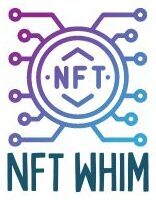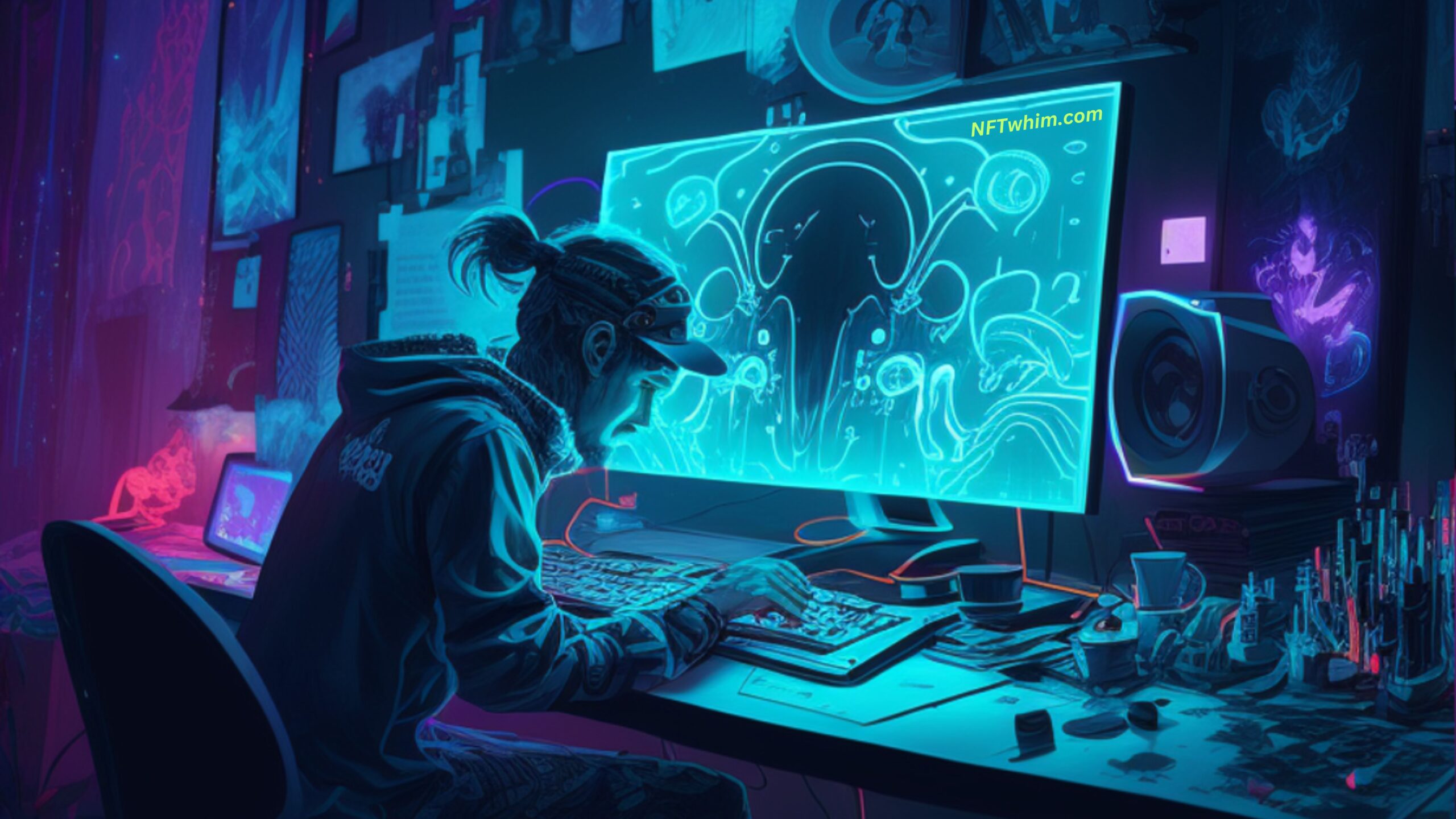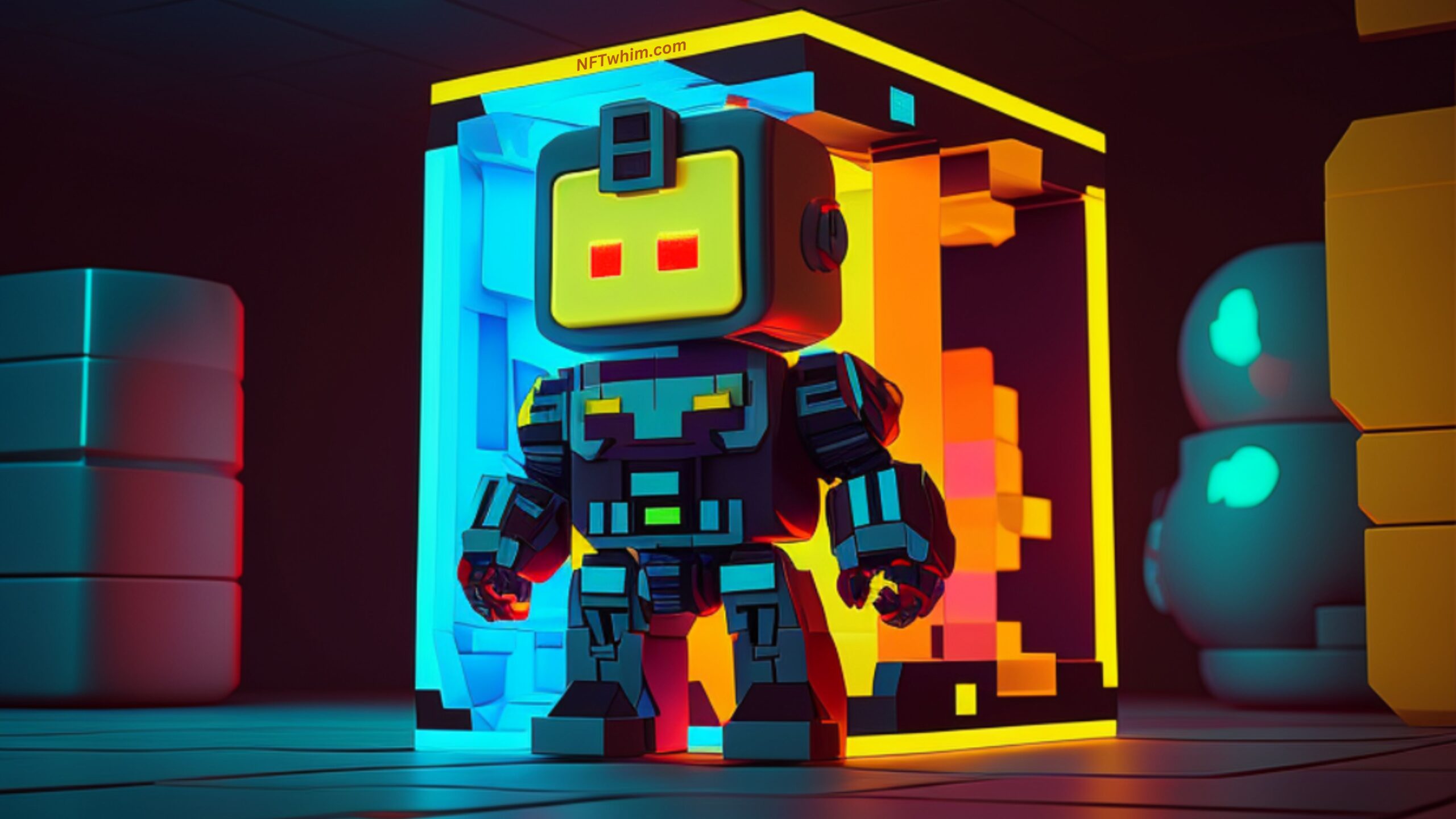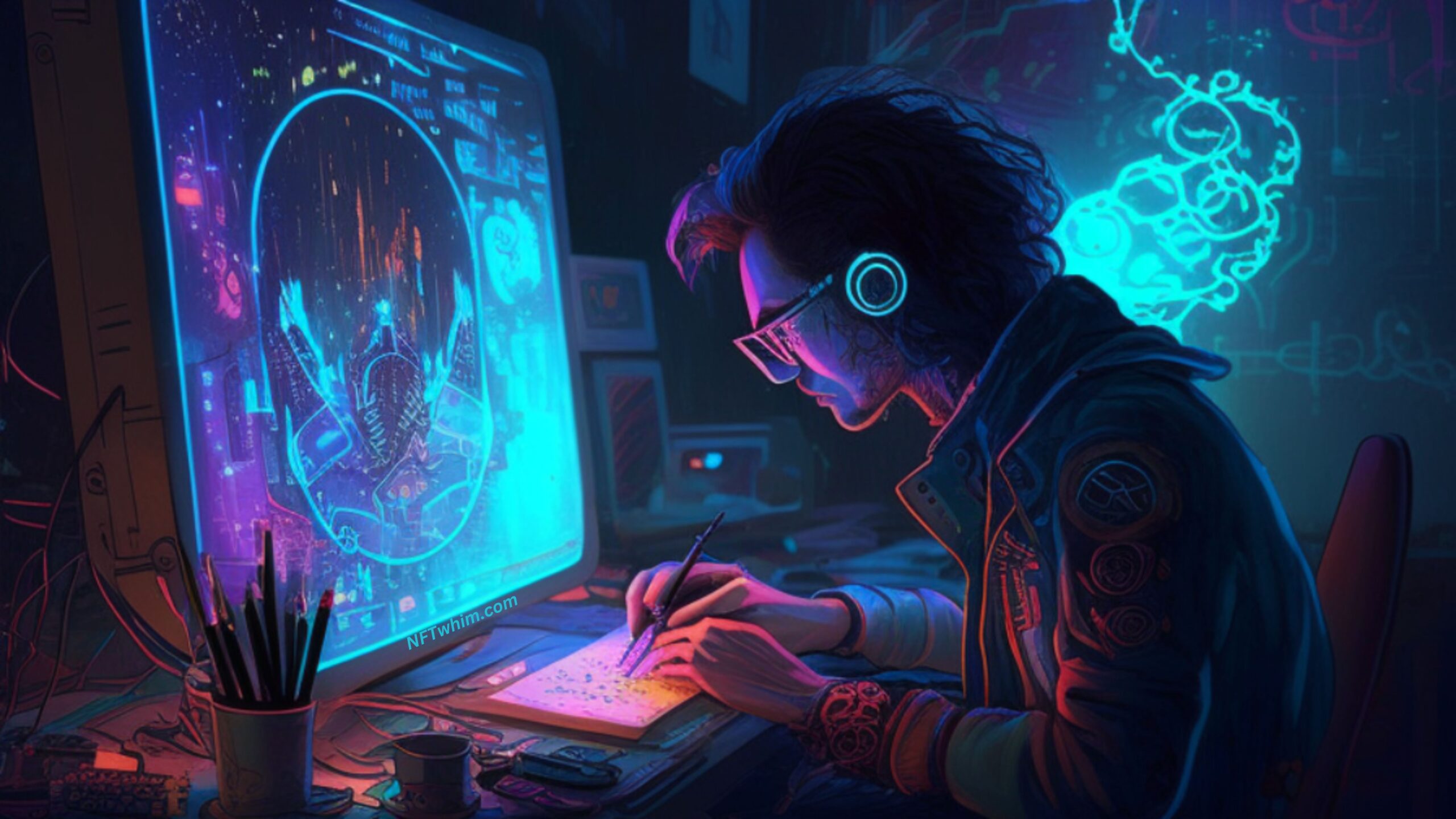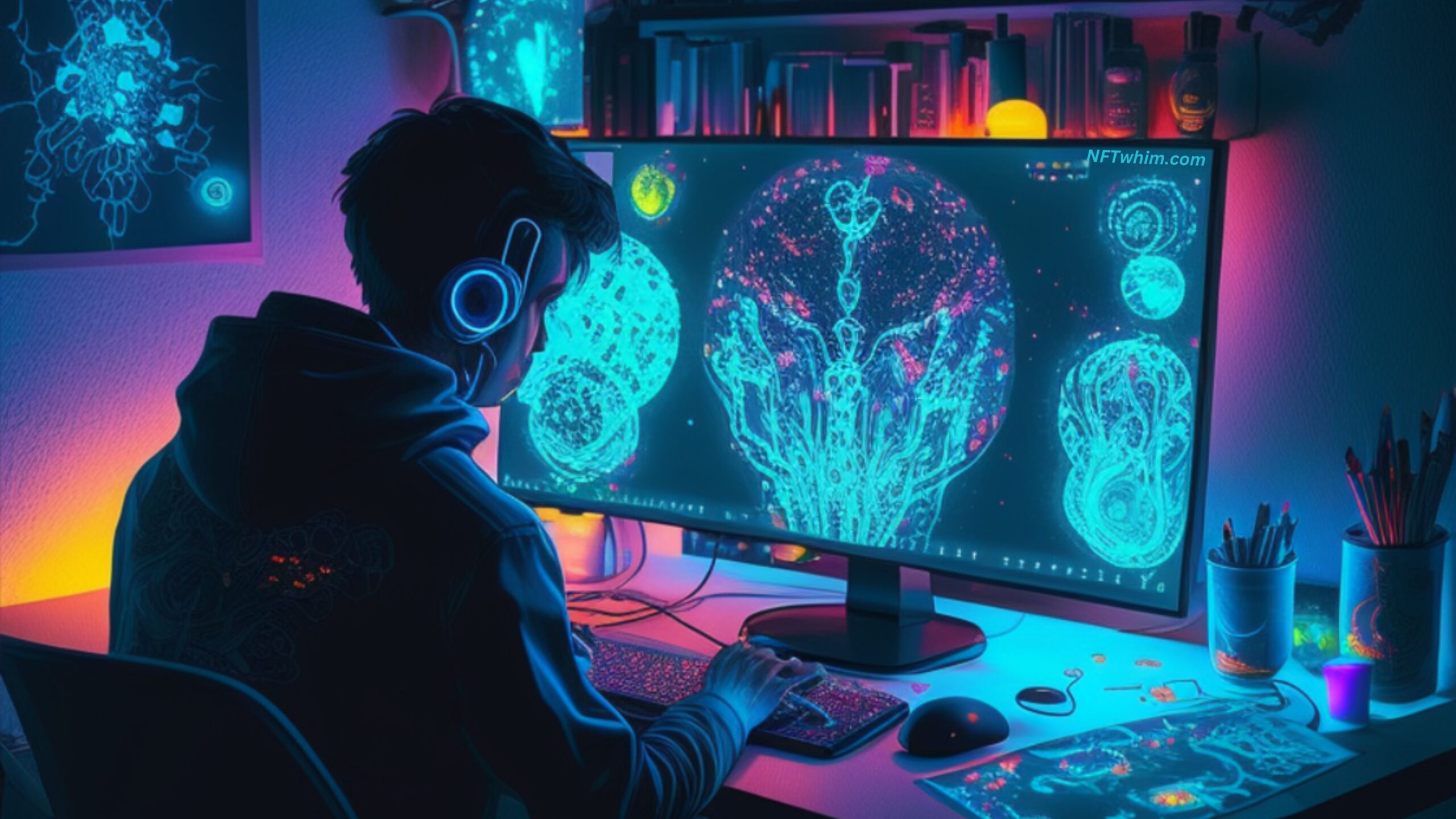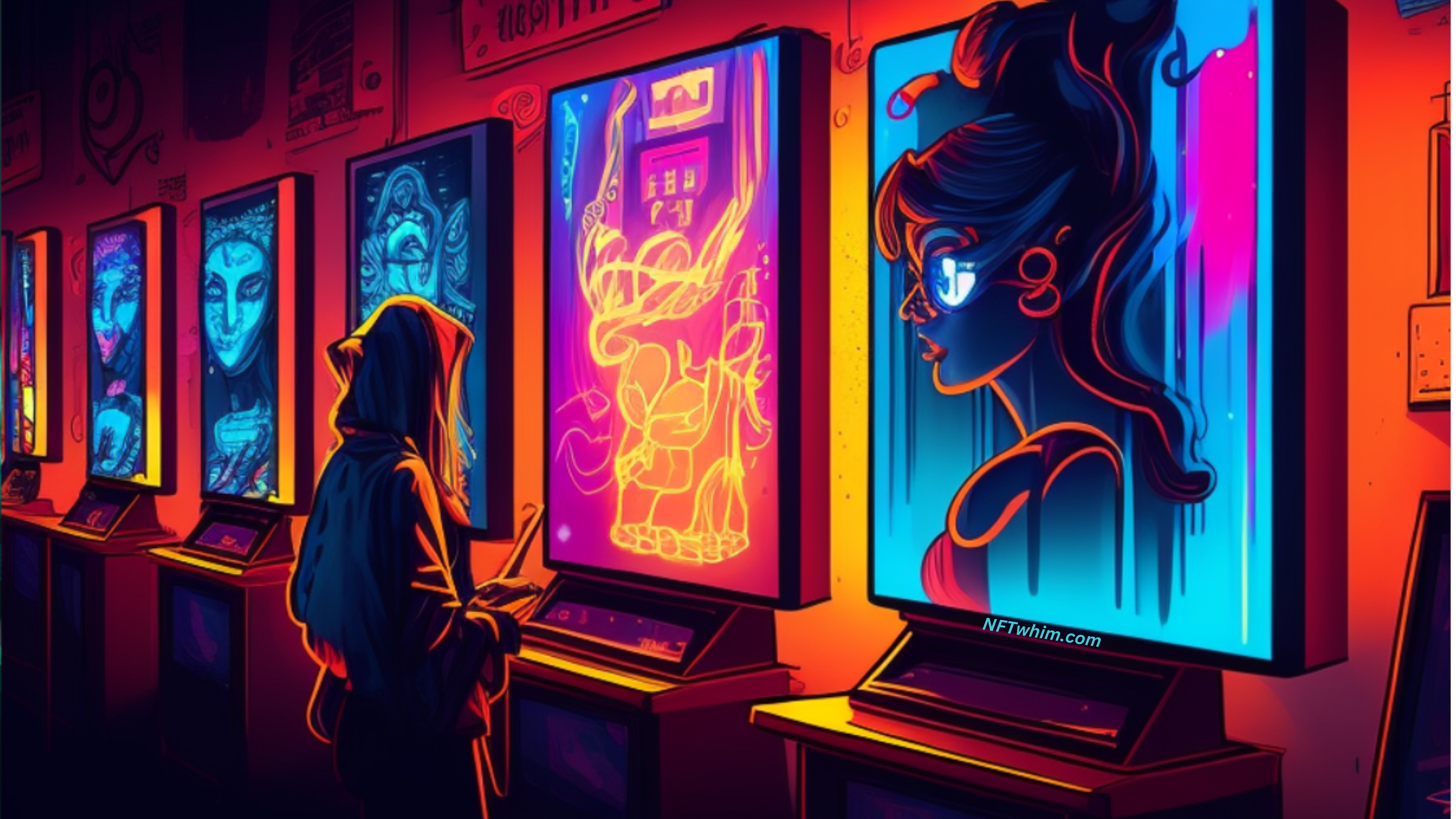Creating a top notch generative art NFT collection can seem daunting at first, but with the right approach, it can be a rewarding and profitable venture. In this guide, I’ll be sharing some tips and strategies for conceptualizing, creating, and marketing your own generative art NFT collection.
To create a top-notch generative art NFT collection, having a strong understanding of programming and algorithmic art is beneficial, but it’s not essential with the availability of no-code software. Start by experimenting with different techniques and styles until you find a unique and compelling approach that stands out in the crowded NFT market. Once you have created your generative art pieces, put in effort towards marketing and community-building to attract collectors and create a successful NFT collection.
We’ll discuss the following in this post:
Before we get into the meat of the matter, let’s just start with a quick overview of what generative art is and why it’s a good choice for NFTs.
By the way, you may also be interested in this ultimate recourse about how to develop into a successful NFT artist in any niche.
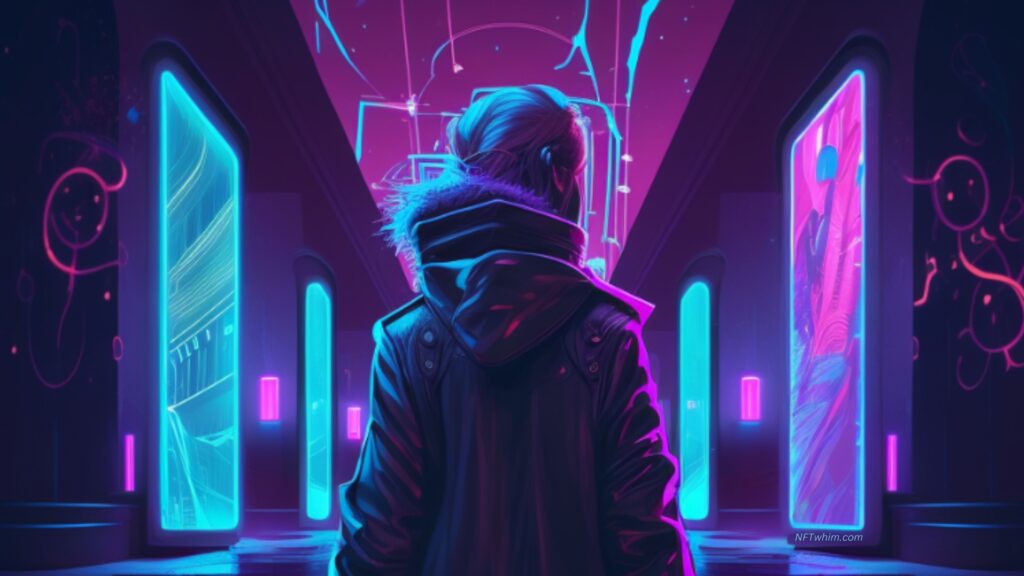
What is Generative Art in NFTs?
Generative art is a form of digital art that’s created using algorithms or other systems that generate unique and unpredictable patterns or images. The artist creates the rules for the system, but the actual output is created through a process of randomness or variation.
Because generative art is digital, it’s a natural fit for NFTs, which are also digital assets. Additionally, the uniqueness and unpredictability of generative art make it a compelling choice for collectors who are looking for one-of-a-kind pieces.
In recent years, there have been many successful generative art NFT collections, with some of the most popular ones featuring 10,000 NFTs. One example of a successful generative art NFT collection is the CryptoPunks series, which features 10,000 unique 8-bit pixel art characters that were created using an algorithm. Each character has its own distinct features and personality, and they have become highly valuable and collectible within the crypto art community.
Another popular generative art NFT collection is the Bored Ape Yacht Club, which features 10,000 unique hand-drawn ape characters that were generated using an algorithm. Each ape has its own unique set of traits and accessories, and they have become highly sought after by collectors who are looking for a unique and exclusive piece of digital art, which is still part of a larger context.
It’s no coincidence that both of these widely successful collections are in the Profile as Picture (PFP) category, as this is a very popular genre in Generative Art NFTs.
So, as you can see, it’s not an understatement that generative art NFTs have become a hugely popular and lucrative market within the broader NFT ecosystem, with many artists and collectors exploring the possibilities of this new medium.

Creating the Perfect Generative Art Collection
So, how do you go about creating a great generative art NFT collection? Let’s dive into the steps.
I. Conceptualizing Your Generative Art NFT Collection
The first step in creating a successful generative art NFT collection is to come up with a concept. You’ll want to brainstorm ideas for your collection, taking into account factors like your personal interests, the current market, and the technical capabilities of the generative system you plan to use.
When coming up with a theme, it’s important to consider what will set your collection apart from others in the market. This might mean thinking outside the box or finding a unique angle on a familiar topic.
Another important factor to consider is how to create a cohesive collection. You’ll want to make sure that your pieces work together as a whole and don’t feel like a hodgepodge of unrelated images.
Some tips for creating a cohesive collection include using a consistent color palette, creating variations on a single theme, or using a recognizable visual style throughout your pieces.
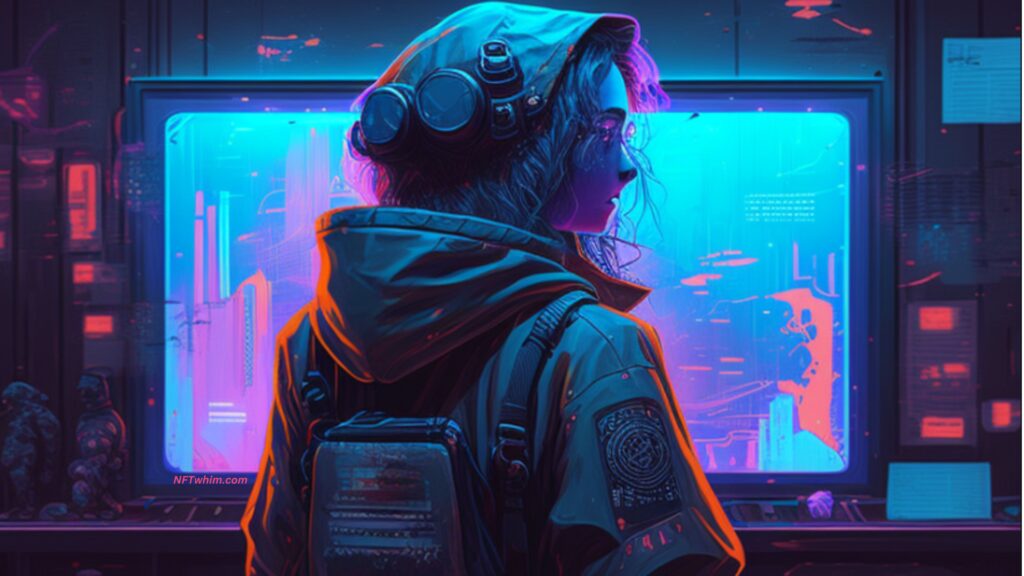
II. Choosing Platform for the Generative Art NFT Collection
Once you’ve conceptualized your collection, it’s time to choose a platform to sell your NFTs. There are several popular NFT marketplaces to choose from, including OpenSea, Nifty Gateway, and SuperRare.
When choosing a platform, you’ll want to consider factors like the fees they charge, their user base, and the features they offer. Some platforms may be better suited for certain types of artwork or for artists with a specific style or niche.
Once you’ve chosen a platform, you’ll need to create an account and set up your profile. Make sure to include high-quality images of your artwork and a clear description of your collection.
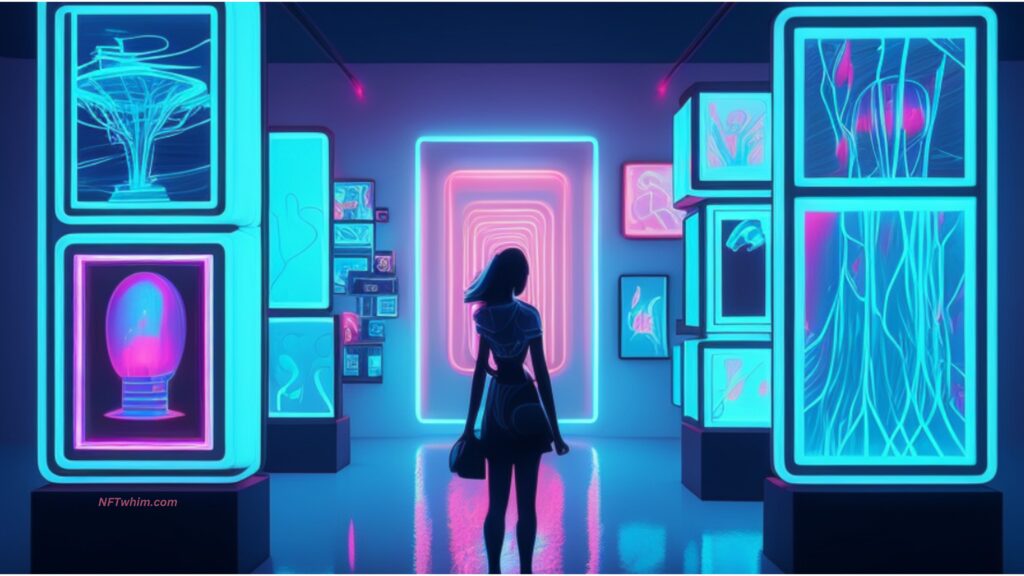
III. Creating Your Generative Art
Now it’s time to create your generative art pieces. There are several popular generative art software and tools to choose from, including Processing, TouchDesigner. If you want a very easy no-code option, you can try NFT Art Generator. There, you just upload your image(s), choose various attributes and setting, and the NFT collection is created for you in one go.
When creating your NFTs, you’ll have the opportunity to set various parameters for the variations in your collection. This way, you will create similar NFTs, yet with each having its own distinct features, colors or visual elements. For example, you might decide to create a collection of 10,000 Profile as Picture NFTs, of which 3000 of those picture a character wearing a hat, 1000 with a sword, and so on. 10.000 is the standard collection size for many generative art NFT projects, so sticking to this number will make it recognizable to collectors.
When designing your algorithms and generative systems, it’s important to keep in mind the technical limitations of the platform you’ll be selling your NFTs on. For example, some platforms may have file size limits or other restrictions that you’ll need to work around.
You’ll also want to focus on creating unique and compelling pieces that will stand out in the market. This might mean experimenting with different patterns or visual styles, or incorporating unexpected elements into your artwork.
When optimizing your files for NFTs, make sure to follow the guidelines set by your chosen platform. This might include compressing your files or using a specific file format.

IV. Minting Your Generative Art NFT Collection
Once you’ve created your generative art pieces, it’s time to mint them as NFTs. This involves creating a smart contract on a blockchain, which will verify the ownership and authenticity of your artwork.
When choosing a blockchain, you’ll want to consider factors such as the transaction fees, the network’s popularity and security, and the compatibility with your chosen NFT marketplace.
Ethereum is currently the most popular blockchain for NFTs, but other options include Polygon, and Solana.
To mint your NFTs, you’ll need to create a wallet on your chosen blockchain and fund it with the necessary cryptocurrency. You’ll then use a platform like OpenSea or Mintable to create and sell your NFTs.
Make sure to set a reasonable price for your NFTs based on the current market and the uniqueness and quality of your pieces. You might also consider offering different editions or variations of your artwork to appeal to different types of collectors.
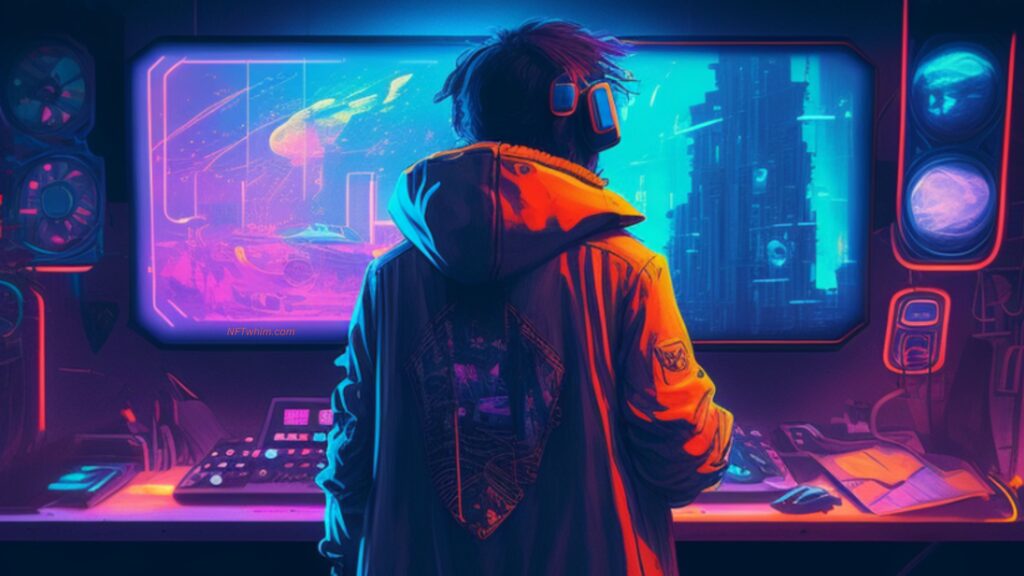
V. Promoting Your Generative Art NFT Collection
Finally, to make your generative art NFT collection a success, you’ll need to promote it effectively. This means leveraging social media, email marketing, and other channels to reach potential buyers and collectors.
Some tips for promoting your collection include:
- Building a strong social media presence: Use platforms like Twitter, Instagram, and Discord to share images and updates about your artwork, engage with other artists and collectors, and build a community around your collection.
- Networking with other artists and collectors: Attend online events and forums related to NFTs and generative art to connect with others in the industry and build relationships.
- Creating a website or blog: Use a website or blog to showcase your collection, share your process and insights, and build your brand.
- Offering incentives and exclusives: Consider offering incentives like early access, or bonuses to collectors who purchase multiple NFTs from your collection.
- Engaging with your audience: Respond to comments and messages, offer behind-the-scenes glimpses into your creative process, and build relationships with your audience.
By following these tips and strategies, you’ll be well on your way to creating a successful generative art NFT collection. Remember to stay creative, innovative, and persistent in your approach, and you’ll be sure to stand out in the competitive NFT market.
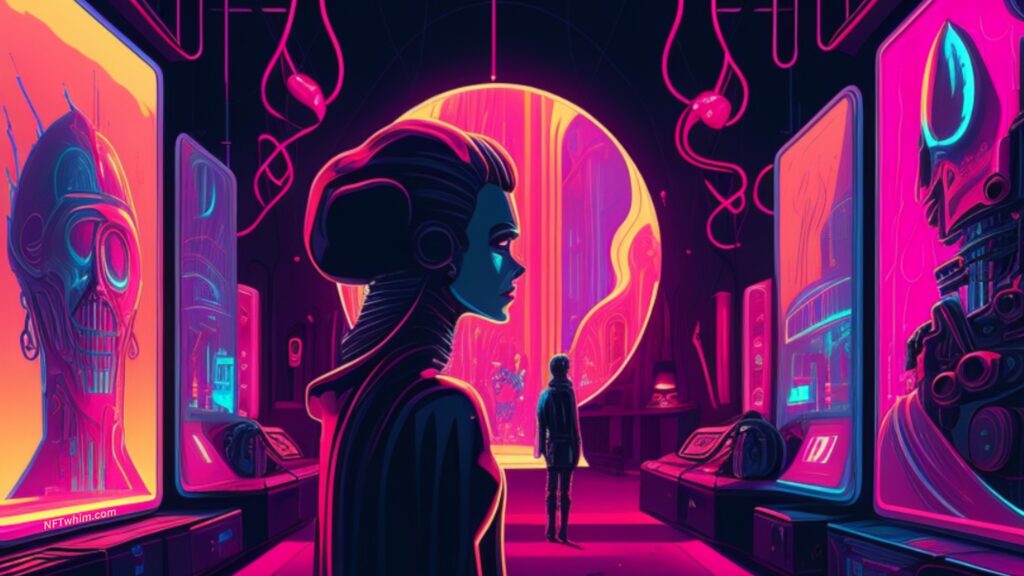
Key Takeaways
Creating a top notch generative art NFT collection requires a unique combination of technical skill, creativity, and marketing savvy. By mastering the process of generative art creation and leveraging the power of blockchain technology and NFT marketplaces, you can tap into a growing market of art collectors and enthusiasts eager to own and display one-of-a-kind digital artwork.
Remember to stay true to your creative vision, experiment with new techniques and styles, and keep your audience engaged and excited about your work. With dedication and hard work, you can turn your generative art into a thriving NFT collection that earns recognition, admiration, and financial reward.
So if you’re ready to dive into the exciting world of generative art NFTs, don’t hesitate to get started today. The possibilities are endless, and the rewards are waiting for those bold enough to seize them!
Robin
Featured Image: CryptoPunk’s listing page at Opensea, a famous Generative Art NFT collection. Image source: Opensea’s collection page.
Author: Robin Olsson
Author Bio: I’m Robin and on this website, I share everything I’ve learned since getting into NFTs in 2021. I have a background in research and I’ve been in crypto for several years. You can read more about me here.
